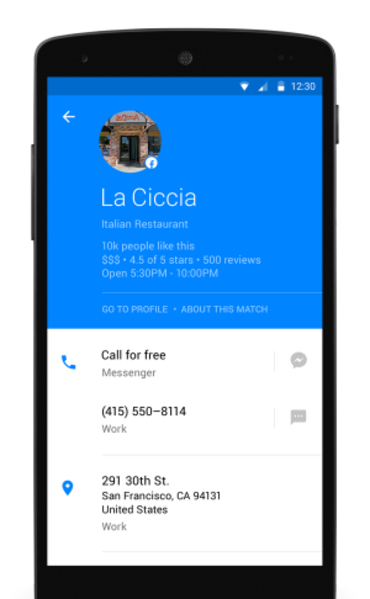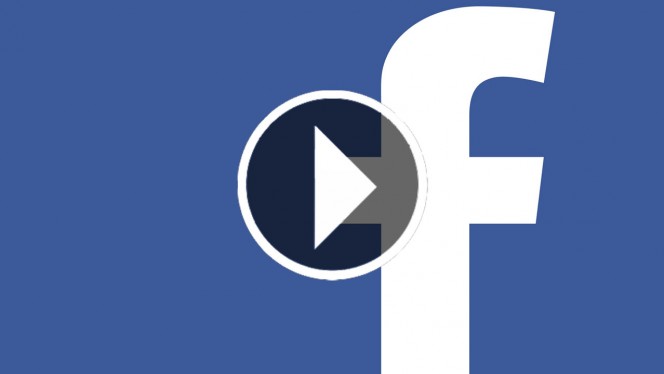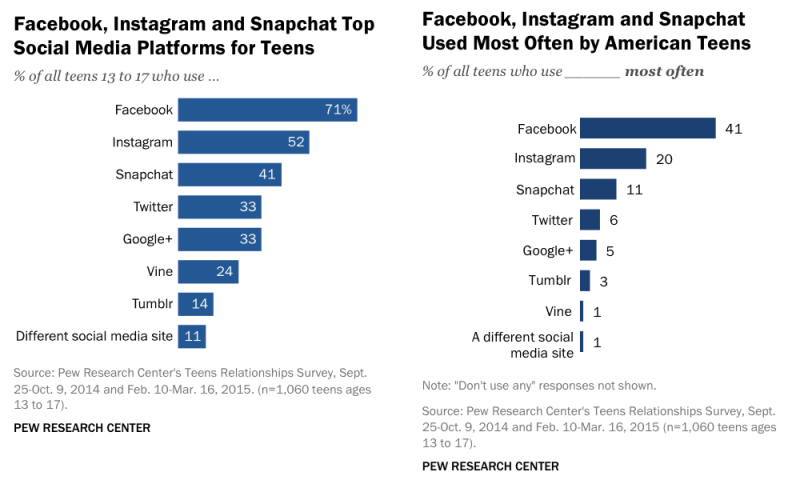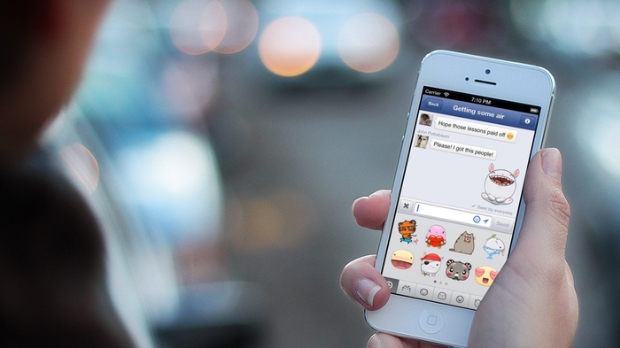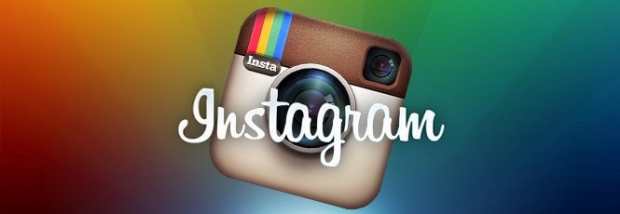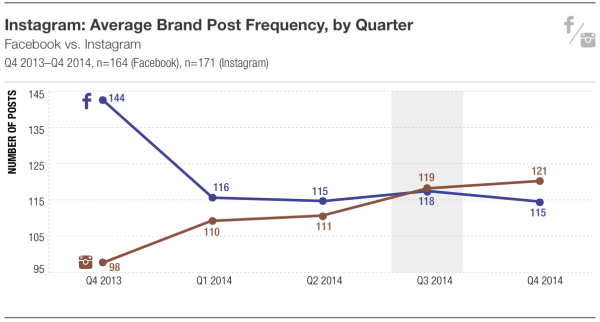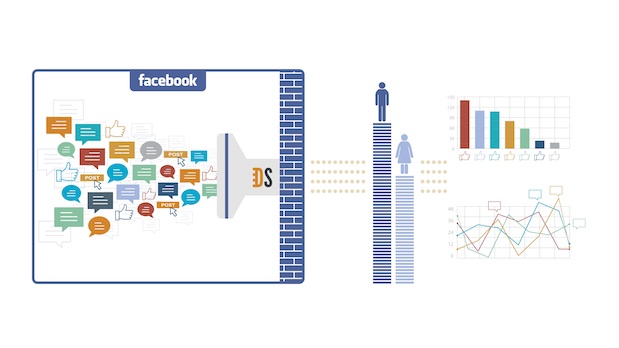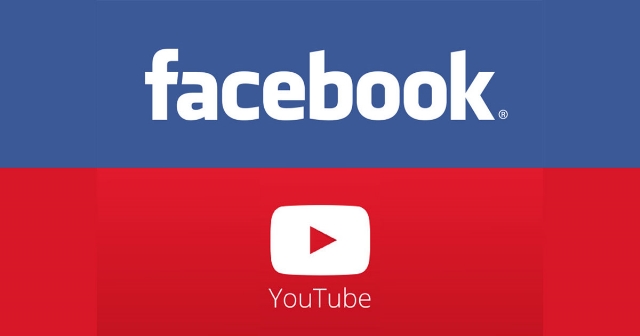
Facebook has made a big deal of highlighting the strengths of the Facebook Video platform, but a new study from Visible Measures shows there is no clear-cut winner between YouTube and Facebook. The data collected by the company adds context to earlier numbers and demonstrates how both platforms have their own strengths and weaknesses.
Facebook isn’t being dishonest when they highlight their statistics for views, but Facebook’s video platform has a difficult time maintaining momentum with popular videos. The platform excels at launching videos and gathering early velocity, but YouTube still has the clear lead when it comes to long-term value.
To come to these conclusions, Visible Measures studied 82 randomly chosen video campaigns launched by brands within the month of March and found that YouTube generated more views (65%-35%). While Facebook trails behind YouTube, the younger platform has made incredible strides in the span of a single year. Facebook only had a single digit share of brand video in last year’s study.
Only 53 of the campaigns included in the study posted natively to Facebook, perhaps contributing to YouTube’s lead in total views in 66% of campaigns.
The most striking difference between the platforms is the contrasting trajectories of videos on each platform. Facebook videos tended to accelerate quickly before peaking and gradually fading away. In fact, Facebook videos typically reached 85 percent of their total views in only the first week after launch. To contrast, YouTube only received 63% of its total viewership within the first seven days after launch.
These results were backed up by longer-term comparisons. Visible Measures points to findings that Facebook had 25% of total viewership of Super Bowl ad campaigns, but that number had dropped to 18.5% just two months later.
Visible Measure’s founder and CEO Brian Shin says these stats reflect the different natures of the platforms and noted that finding older videos on Facebook is specifically very difficult.
“If something is hot and of the moment, such as a newly released campaign, the Super Bowl, or even a cultural phenomenon like Fifty Shades of Grey, Facebook and similar social media sites are incredibly effective for driving the spread of timely content due to the trending nature of the News Feed,” Shin said in a release. “But the strength of Facebook to promote trending content also highlights how powerful YouTube remains as a platform for continued viewership.”

